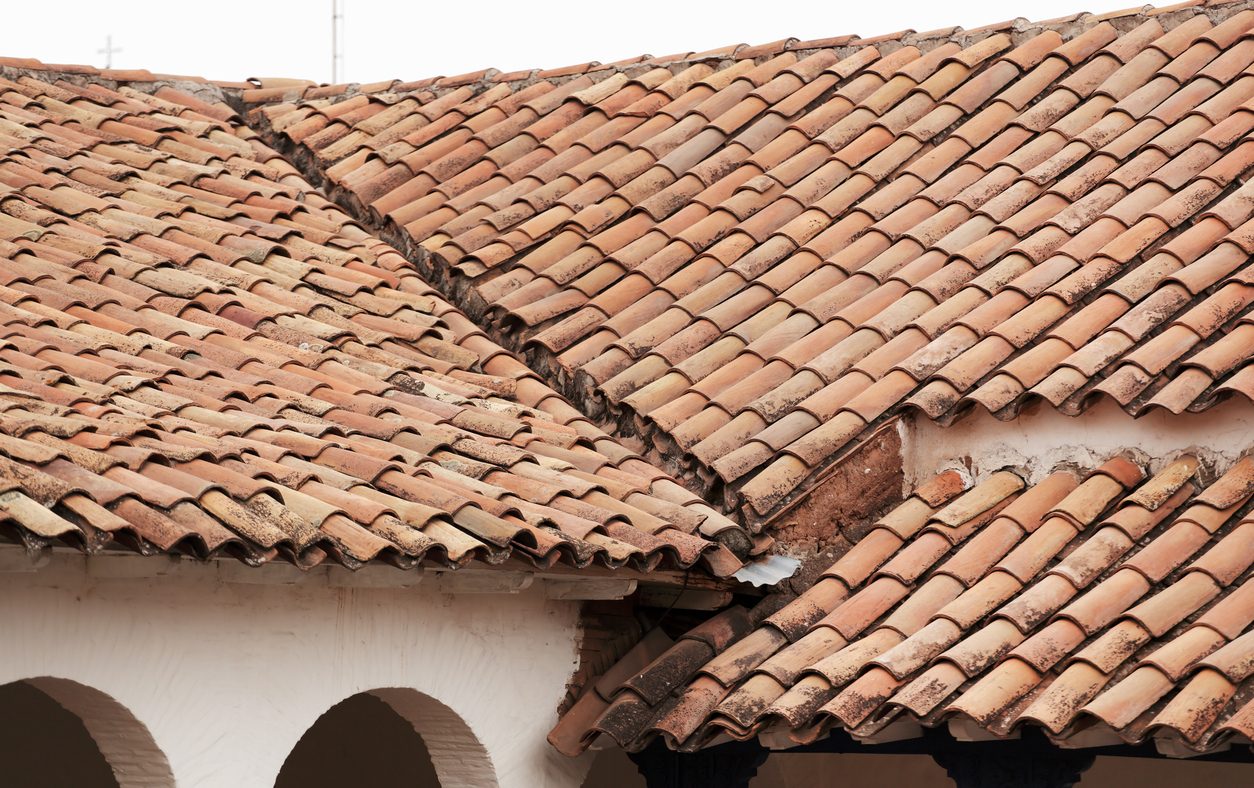History of Clay & Concrete Roof Tiles
Concrete tiles have only been in use since the 1800s, and clay tiles have been utilized as roof covering much longer. In general, these tiles are more costly to install but are more energy efficient and last longer as compared to composition asphalt shingles, and clay tiles are typically more expensive than concrete. In addition, they typically add value to a home given their appearance. But damaged roof tiles can be costly for the homeowner or insurer.
In the United States, concrete and clay tile roofs are typically seen in the southern portion of the country. Unfortunately, this geographic area has a high propensity for storm damage, such as hail and high winds. As such, damage to concrete and clay roofing tiles can also lead to costly repairs and, depending on the cause of the damage, may or may not be a covered loss. In many cases, homeowners may only first notice damage to roof tiles when they actually look for evidence of damage following a storm event, and sometimes previously existing damage may be mistaken as damage from a storm event.
Is It Clay or Concrete?
If damage to roof tiles is suspected, it is important to know the material of their construction so that accurate estimates for restoration can be completed. However, differentiating whether the tiles are clay or concrete can be difficult unless you know what to look for.
Before getting on the roof, first, verify whether it is safe to do so. Clay and concrete roof tiles are susceptible to damage from foot traffic, and clay tiles especially can be slippery if wet from a recent rain or morning dew. Determine whether it is even necessary to get on the roof. Can you see the damage from a ladder at the eave, with a drone, or camera with a zoom lens? Rope Access is a possible solution as well. If accessing the roof is necessary to fully evaluate the damaged tiles, placing a ladder on the roof tiles perpendicular to the ridge of the roof so that body weight is distributed over a larger surface area. Otherwise, if walking on the roof is necessary, walk parallel to the ridge, distributing body weight on the crests of adjacent high profile tiles with the heel and toes, and take care to not step on the lower, unsupported portions of low profile (flat) tiles.
After safely accessing the tile from the roof or the eave, look at the surfaces of the tiles. Clay tiles generally have a smooth surface, similar to a clay terracotta planter. Concrete may also have a relatively smooth surface, but the rough texture on the butts of the tile is a key indicator that it is not clay.
In addition, concrete tiles are more porous than clay and, therefore, are sometimes painted to accent the roof.
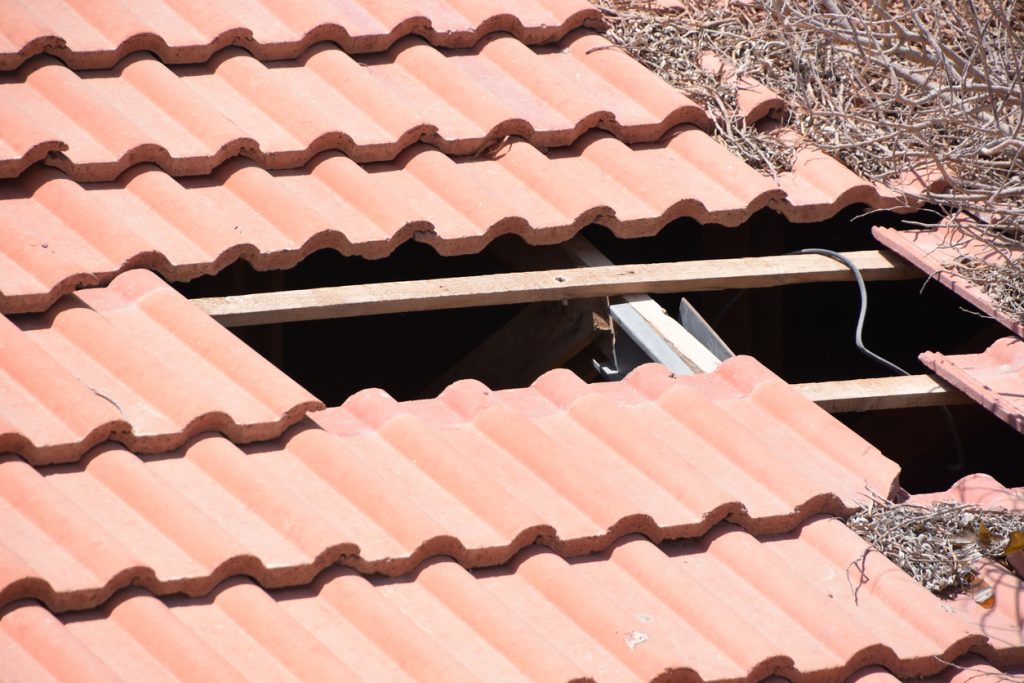
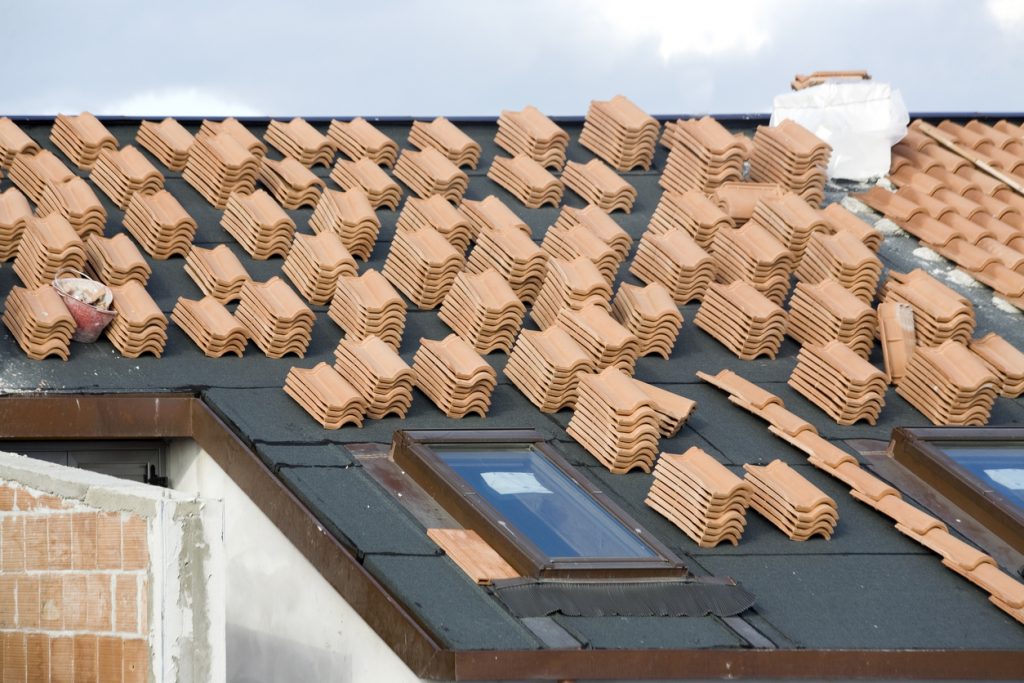
Is It Hail Damage?
So, now it’s been determined whether the tiles are clay or concrete. But, is it hail damage, or was the damage caused by something else? And what constitutes damage to roof tile, regardless of origin? In general, functional damage to clay or concrete tiles is defined as chipped or broken tiles which have measurably and significantly reduced the functionality of the roof covering, thereby inhibiting the ability of the tiles to shed water and allowing water to get beneath the tile.
Both concrete and clay roof tiles are resilient, even more so than the more common composition asphalt shingles. In fact, based on field observations and laboratory testing, it has been established that hailstones less than 2 inches in diameter will generally not damage a competent and properly installed concrete or clay tile. Damage to tiles may be a result of mishandling during installation, improper installation, and foot traffic, all of which are considered to be mechanical damage. In addition, it is not uncommon to see cracks or chips at the lower right corner of a tile. This condition usually results from the improper spacing of the tiles during installation, restricting the tiles ability to expand (see photo below). Other indicators of mechanical damage may include inclusions, pitting, and linear fractures in the absence of hail impact marks.
Actual hail damage to clay or concrete tiles is typically characterized by crescent-shaped fractures at the edges, shattered tiles, or star-shaped fractures emanating from the point of impact.
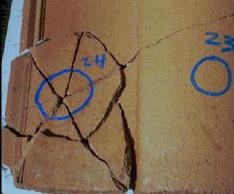
In many cases, these characteristics are accompanied by impact (spatter) marks within and/or adjacent to the damaged area.
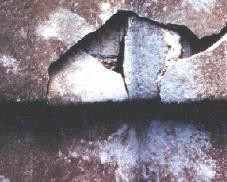
In summary, concrete and clay tiles hold up well to hail, but not to foot traffic. Hail damage is identifiable based on the fracture pattern. Reconstruction costs will vary significantly depending on the material and it is strongly recommended that roofers who are experienced in working with concrete and clay tile be contracted for reconstruction.
To learn more about VERTEX’s Forensic Engineering services or to speak with an Engineering Expert, call 888.298.5162 or submit an inquiry.



